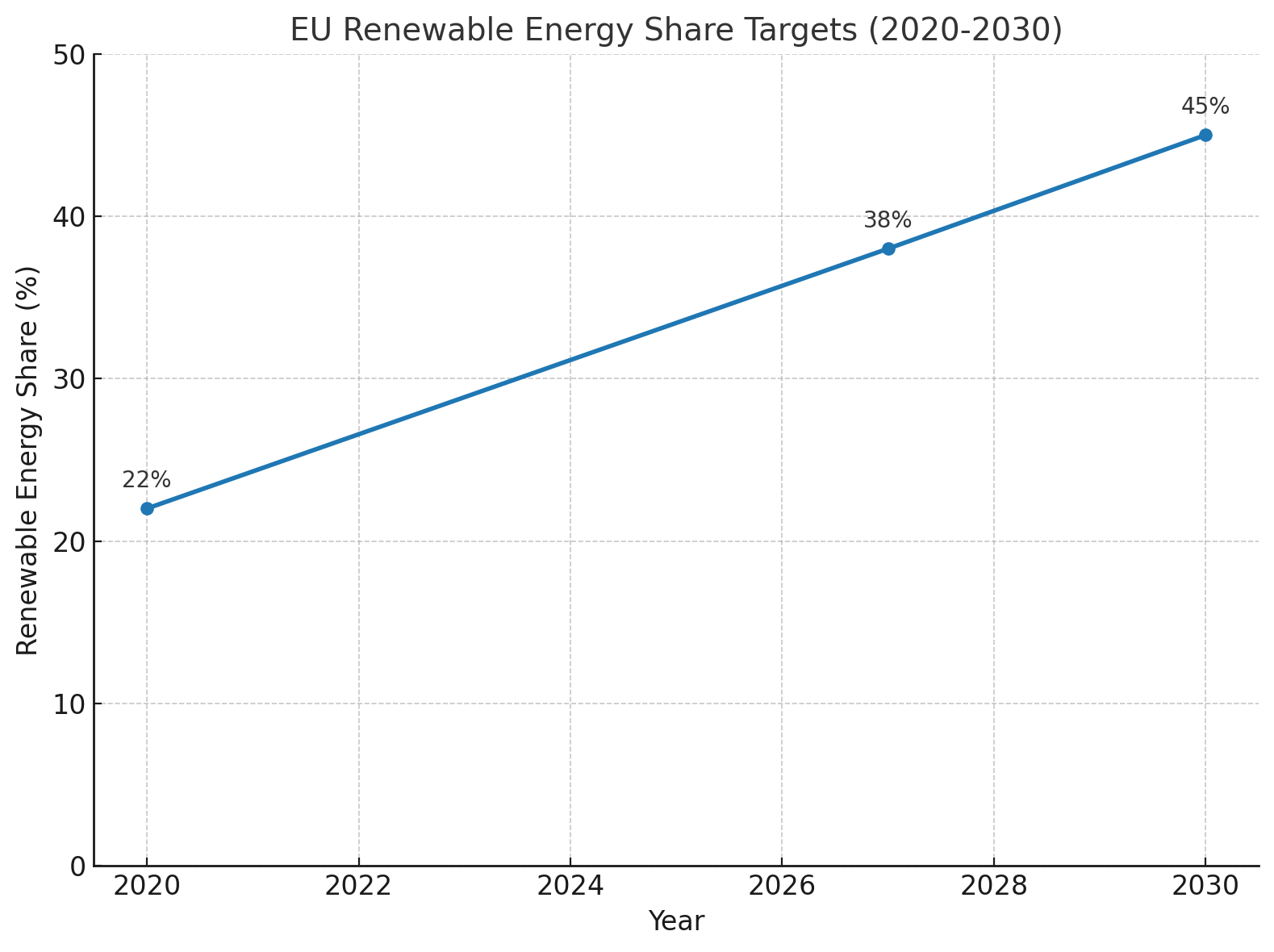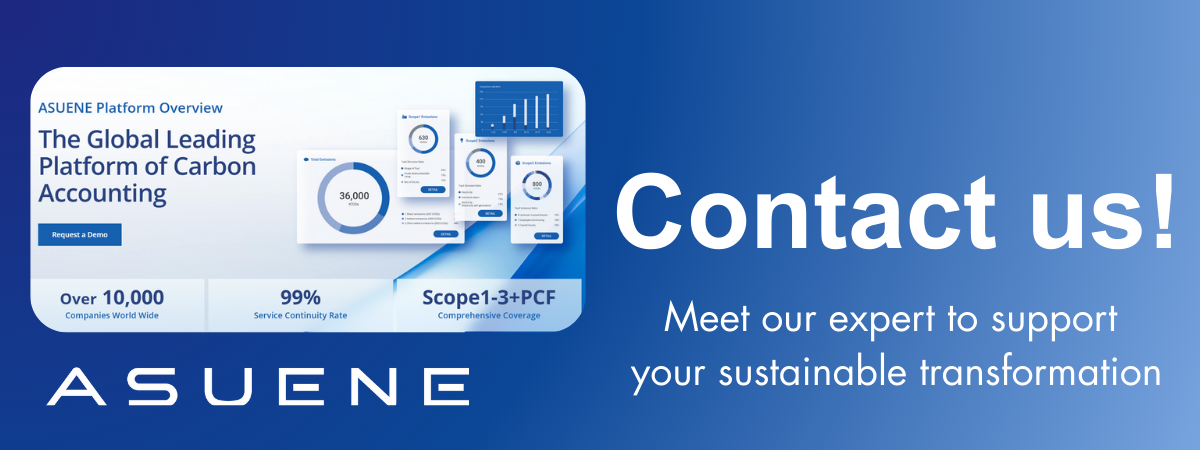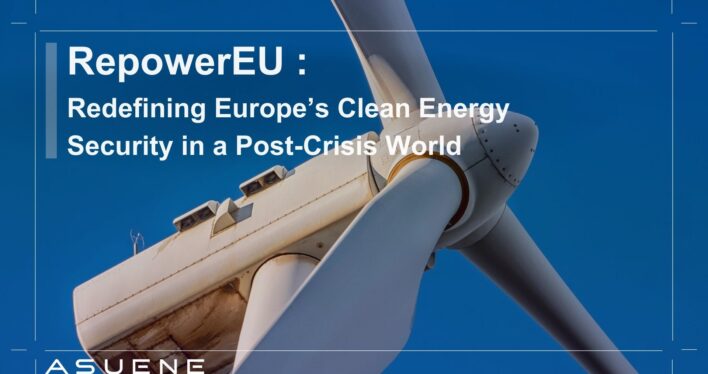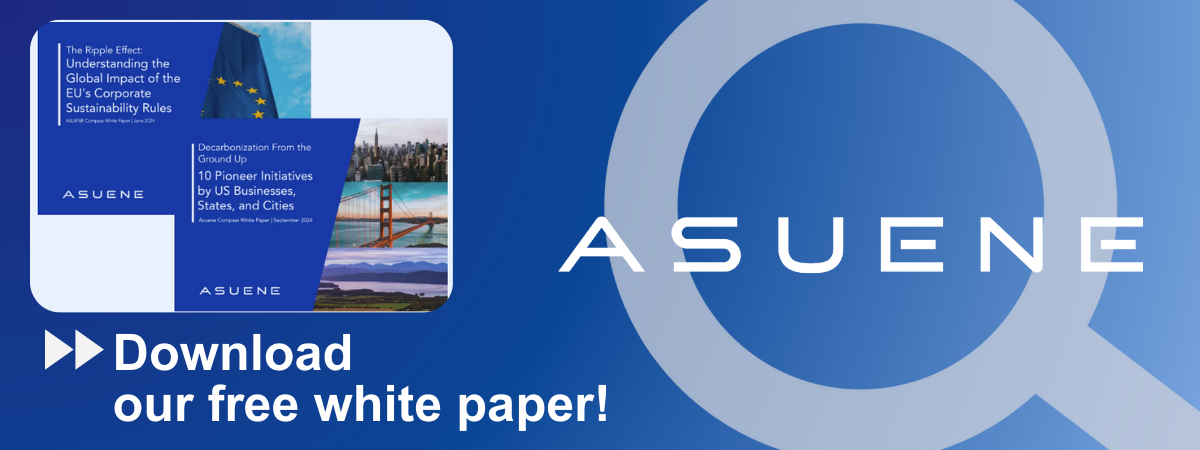- Article Summary
-
Overview
The European Union’s RepowerEU plan emerged in 2022 as a direct response to the energy crisis triggered by Russia’s invasion of Ukraine. It has since evolved into a bold initiative to accelerate the green transition, diversify energy supply sources, and increase resilience across the continent. Designed to break dependency on Russian fossil fuels and fast-track the uptake of renewable energy, RepowerEU is more than a crisis-management tool—it is a foundational shift in the EU’s energy and climate strategy.
RepowerEU supports the EU’s 2030 energy and climate targets by introducing comprehensive legislative, financial, and technological mechanisms. The overarching goal is to build an energy system that is not only greener but also more self-reliant and resistant to geopolitical shocks. With its emphasis on energy solidarity, cross-border cooperation, and digitalization, RepowerEU sets a transformative precedent for future climate resilience frameworks across advanced economies.

Geopolitical Roots and Strategic Pivot
RepowerEU was launched in May 2022 as a coordinated response to the disruption of gas flows from Russia. The European Commission aimed to eliminate dependency on Russian fossil fuels before 2030, addressing not only an urgent geopolitical vulnerability but also aligning with long-term climate goals under the European Green Deal. Key strategic components include energy diversification, boosting LNG infrastructure, strengthening partnerships with alternative suppliers like Norway, Algeria, and the U.S., and elevating the role of renewable energy.
This pivot marks a historic moment in EU energy policy, where security concerns are no longer seen in isolation from climate commitments. It also enhances the EU’s geopolitical influence by fostering interdependence with new partners and reducing leverage from hostile suppliers.
Key measures:
- Joint gas purchases across EU member states to reduce market volatility
- Rapid scale-up of solar and wind installations
- Infrastructure investments in interconnectors and storage facilities
- Fast-tracking of terminal construction for liquefied natural gas (LNG)
- Establishment of strategic energy partnerships with African and Middle Eastern nations
Acceleration of Renewable Energy Deployment
Central to RepowerEU is the rapid deployment of renewable energy. The plan sets an ambitious target of producing 45% of the EU’s energy from renewables by 2030, up from the previous 40%. This is supported by revised permitting regulations to shorten approval timelines for solar and wind projects. Member states are also incentivized to adopt rooftop solar panels on public and commercial buildings by 2027.
EU Renewable Energy Share Targets (2020-2030)

Other renewable priorities include:
- Doubling heat pump deployment
- Enhancing the hydrogen economy
- Integrating smart grid technologies for better load management
- Supporting offshore wind hubs in the North and Baltic Seas
- Accelerating innovation through the Horizon Europe program and EU Innovation Fund
Moreover, digitalization plays a key role. Smart metering, AI-driven demand forecasting, and decentralized energy management systems are being deployed to optimize consumption patterns and reduce peak loads.
Funding and Investment Mechanisms
Financing the energy transition is pivotal. RepowerEU allocates €300 billion through a mix of grants and loans under the Recovery and Resilience Facility (RRF). A portion of the funding comes from emissions trading revenues and unused loans from earlier RRF allocations. Member states are required to update their National Recovery and Resilience Plans (NRRPs) to access these funds.
Breakdown of RepowerEU Funding Sources:
- €225 billion in RRF loans
- €75 billion in grants (including €20 billion from ETS revenues)
Public-private partnerships are also crucial, particularly in areas such as green hydrogen production and cross-border infrastructure. Additionally, EU member states are encouraged to blend EU funds with national and private capital to maximize impact.
Further mechanisms include:
- Energy Performance Contracts (EPCs) to mobilize private sector efficiency investments
- Guarantees and de-risking instruments via the InvestEU program
- Taxonomy-aligned financial disclosures to guide ESG-oriented capital flows
The financing model supports both high-level infrastructure and granular local-level interventions, thereby reinforcing resilience across scales.

Industrial and Social Impacts
RepowerEU is reshaping Europe’s energy-intensive industries by promoting decarbonization technologies and incentivizing clean tech manufacturing within the EU. At the same time, social measures are introduced to prevent energy poverty. The plan includes guidelines for a “just transition,” ensuring that the shift benefits all social groups, including vulnerable households.
Policy instruments include:
- Energy efficiency subsidies for low-income families
- Workforce retraining programs in coal regions
- Local energy communities to democratize energy access
- Green skills training and certification pathways across sectors
- Incentives for domestic production of solar panels, batteries, and wind turbines
Industrially, RepowerEU is accelerating the reshoring of clean tech supply chains. With a focus on reducing reliance on Chinese imports for critical minerals and solar technology, the EU is promoting regional innovation clusters and industrial alliances.
The social dimension also includes citizen engagement programs and tools to raise public awareness about energy efficiency and climate change. These efforts are aimed at fostering a cultural shift toward sustainability across all levels of society.
Conclusion
RepowerEU is more than a response to an energy crisis; it marks a structural transformation of Europe’s energy model. By intertwining energy security with sustainability, the EU is setting a precedent for climate-aligned resilience strategies. For international stakeholders, including U.S. investors and policymakers, RepowerEU represents both a challenge and an opportunity to engage with a rapidly evolving energy landscape.
To succeed, RepowerEU will require coherent implementation at both EU and national levels, along with robust monitoring systems and transparent reporting mechanisms. Stakeholder collaboration—from industry to civil society—will be vital. As implementation continues through 2030 and beyond, RepowerEU has the potential to serve as a blueprint for global climate-energy integration, balancing security, equity, and environmental imperatives in a volatile world.
Why Work with ASUENE Inc.?
Asuene is a key player in carbon accounting, offering a comprehensive platform that measures, reduces, and reports emissions, including Scope 1-3, with expertise in decarbonization. Asuene serves over 10,000 clients worldwide, providing an all-in-one solution that integrates GHG accounting, ESG supply chain management, a Carbon Credit exchange platform, and third-party verification.
ASUENE supports companies in achieving net-zero goals through advanced technology, consulting services, and an extensive network.


